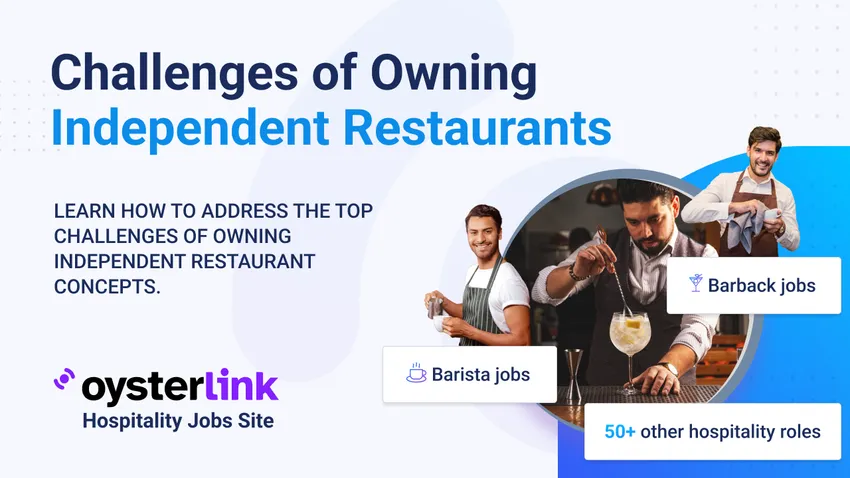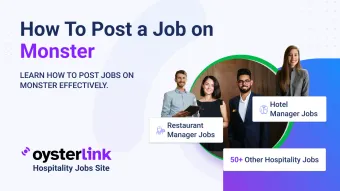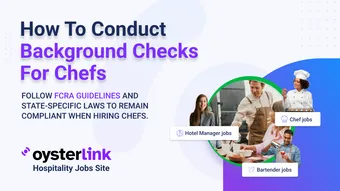Running an independent restaurant can be one of the most rewarding ventures for passionate food lovers and entrepreneurs.
The ability to create a unique dining experience, experiment with creative menus and serve your community gives you an unmatched sense of pride and accomplishment.
However, with this freedom also comes a set of challenges that can make ownership a bit more complex than it may seem from the outside.
In this article, we’ll break down the key challenges of owning independent restaurant concepts and provide actionable advice on how to tackle them.
What Are Independent Restaurant Concepts?
Independent restaurant concepts refer to restaurants that operate without being part of a larger corporate chain or franchise.
These establishments are typically owned and managed by individuals or small groups, which allows them the flexibility to create distinctive dining experiences tailored to their local community.
Unlike chain restaurants that follow a standardized menu and operational blueprint, independent restaurants are free to shape their offerings, atmosphere and branding in a way that reflects the owner's vision and personality.
That said, let’s look at the nine common challenges of owning independent restaurant concepts and how to tackle them.
Challenge 1: Managing Financial Stability
One of the biggest challenges faced by owners of independent restaurant concepts is managing financial stability.
Without the safety net of multiple locations and brand recognition, independent restaurants can experience significant fluctuations in revenue, particularly during off-seasons or economic downturns.
Additionally, high startup and operating costs can quickly drain resources if not managed carefully.
Solution: Creating a solid budget and cash flow strategy
To overcome these financial challenges, it’s essential to create a detailed budget that accounts for both high and low seasons. Establishing a reliable cash flow strategy, with emergency savings and seasonal projections, can help manage expenses during slower periods.Consistently reviewing your financials, reducing waste and finding cost-effective suppliers can also help maintain stability in your bottom line.
Challenge 2: Competing With Larger Chains
Independent restaurants often face stiff competition from larger chains and franchises that benefit from economies of scale, nationwide marketing and bulk purchasing power.
These chains can afford to offer lower prices, aggressive promotions and large-scale marketing campaigns, making it harder for independent restaurants to compete — especially when they’re first starting out.
Solution: Focus on your unique selling proposition (USP) and niche market
The key to competing with larger chains is focusing on what makes your restaurant unique. Independent restaurant concepts thrive when they cater to specific customer needs or market gaps.
Whether it’s a hyper-local focus, a particular cuisine or an exceptional dining experience, identifying and emphasizing your USP can help set you apart. Leveraging word-of-mouth marketing, social media and local partnerships can also create a loyal customer base that values authenticity and creativity.
Challenge 3: Recruiting and Retaining Talent
In the restaurant business, the ability to hire and retain a skilled, reliable team can be one of the toughest challenges.
High turnover rates, long hours and the demanding nature of the industry can lead to staffing issues that directly impact customer satisfaction and overall business performance.
Solution: Building a strong company culture and employee incentives
To overcome recruitment challenges, it’s crucial to invest in building a positive company culture that fosters teamwork and growth. Offering competitive pay, benefits and opportunities for advancement will help keep employees motivated and loyal.
Regular training and a focus on professional development not only improve service quality but also create a work environment that encourages employees to stay longer.
Challenge 4: Managing Operational Efficiency
For independent restaurant owners, managing operational efficiency is key to maintaining profitability.
With limited staff and resources, inefficiencies in inventory management, food prep or service delivery can quickly add up, leading to increased waste and decreased customer satisfaction.
Solution: Implementing standard operating procedures (SOPs) and technology
Implementing SOPs across all aspects of restaurant operations helps create consistency and efficiency, from inventory management to customer service.Additionally, adopting technology such as point-of-sale (POS) systems, online ordering platforms and inventory tracking tools can streamline operations, reduce human error and enhance the customer experience.
Challenge 5: Maintaining Consistency Across All Aspects
As the owner of an independent restaurant, maintaining consistency is essential for building a loyal customer base.
Customers return when they know they can expect a high-quality experience every time — whether it’s the taste of the food, the speed of service or the overall ambiance.
Solution: Training Programs and Regular Performance Reviews
To maintain consistency, you need to ensure that all staff members are properly trained and held to high standards. Regular performance reviews and feedback sessions help address potential areas of improvement before they impact customer experience.Consistently monitoring food and service quality helps ensure that high standards are always maintained.
Challenge 6: Marketing and Building Brand Recognition
For many independent restaurants, marketing can be a struggle. Without the big budgets of chain restaurants, it can be tough to make your voice heard in a crowded market.
However, the right marketing strategy can set your restaurant apart and help build brand recognition in your community.
Solution: Effective social media, community engagement and local partnerships
Marketing doesn’t have to be expensive. Using social media platforms to engage with your audience, share behind-the-scenes content and highlight your restaurant’s unique offerings can help you build a loyal following.Partnering with local businesses, hosting events and participating in community initiatives can also increase visibility and attract new customers.
Challenge 7: Navigating Regulatory and Legal Challenges
Restaurant owners are bound by a variety of regulations, from health codes and labor laws to licensing and zoning requirements.
Staying on top of these regulations can be a challenge, especially for independent owners who might not have a legal team on hand to navigate the complexities of compliance.
Solution: Staying informed and consulting with legal professionals
Regularly reviewing local regulations and consulting with legal professionals will help you stay compliant and avoid costly fines.Having a trusted advisor to guide you through complex legal matters — whether it’s employment law, health codes or taxes — can ensure that your restaurant runs smoothly and legally.
Challenge 8: Adapting to Changing Consumer Preferences
Consumer tastes are constantly evolving, and restaurants need to stay ahead of trends to meet their customers’ changing preferences.
From dietary needs like veganism and gluten-free to growing demands for sustainability and ethical sourcing, owners of independent restaurant concepts need to be flexible.
Solution: Flexibility and regular customer feedback
Stay connected to your customers by regularly seeking their feedback, either through surveys, online reviews or direct communication. Adapting your menu, sourcing practices or even your décor based on this feedback will help you remain relevant and keep customers coming back.
9. Scaling and Expanding Your Independent Restaurant Concept
Expanding your independent restaurant concept into new locations or diversifying your offerings can seem like a natural step once you’ve established a loyal customer base.
However, scaling presents its own unique set of challenges, from maintaining quality control to managing new staff.
Solution: Scaling smartly and maintaining strong operational systems
Scaling requires careful planning to maintain the integrity of your original concept. It’s essential to implement strong operational systems and ensure that all locations adhere to the same standards of quality.When expanding, prioritize slow, steady growth to ensure that your brand stays consistent and doesn't lose its unique appeal.
Leveraging OysterLink for Industry Success
Owning and managing independent restaurant concepts can be incredibly rewarding, but it’s not without its challenges.
From financial stability and competition with larger chains to maintaining staff morale and adapting to changing consumer tastes, independent restaurant owners must wear many hats.
However, with careful planning, a strong company culture and the right tools and strategies, these challenges can be overcome.
If you're an independent restaurant owner looking for additional resources and support, platforms like OysterLink offer valuable tools for thriving in the industry.
With career advice and expert industry insights, OysterLink can help you manage the complexities of owning an independent restaurant and set you up for long-term success.











Loading comments...